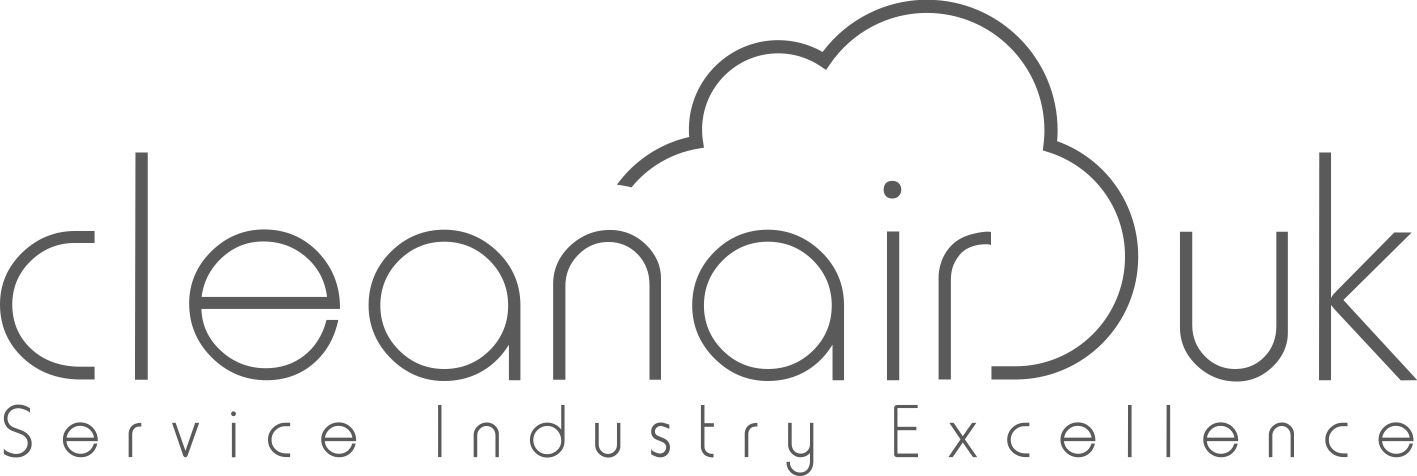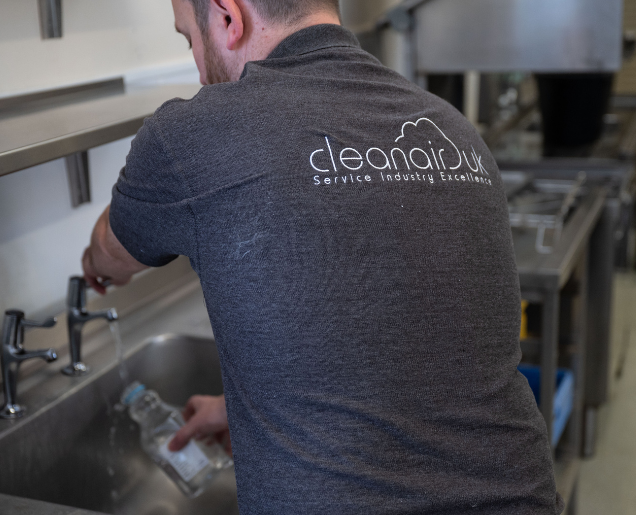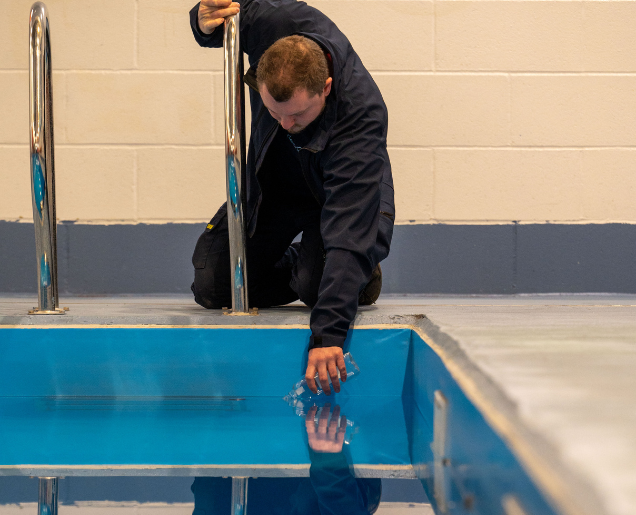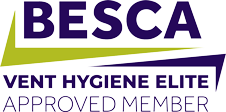We got VIP treatment as a local business – all queries were answered professionally and the work itself was fast and clean – no mess left on site. A refreshing attitude! Thanks to the team!
Legionella testing provides an additional level of legionella risk management which is in accordance with industry guidance and approved codes of practice (AcOP). A legionella sample would be taken in accordance with AcOP L8 & BS 7592:2008 ‘Sampling for Legionella bacteria in water systems’.
As well as Legionella testing, as standard we provide additional water sampling for E.Coli, Psuedomonas & Total Viable Counts (TVC’s) of water based bacterium, to provide complete peace of mind.
All of our samples are analysed by UKAS accredited laboratories. Samples are delivered to our labs on the same day as sampling is carried out. Results are reported with recommendations and full technical backup.





